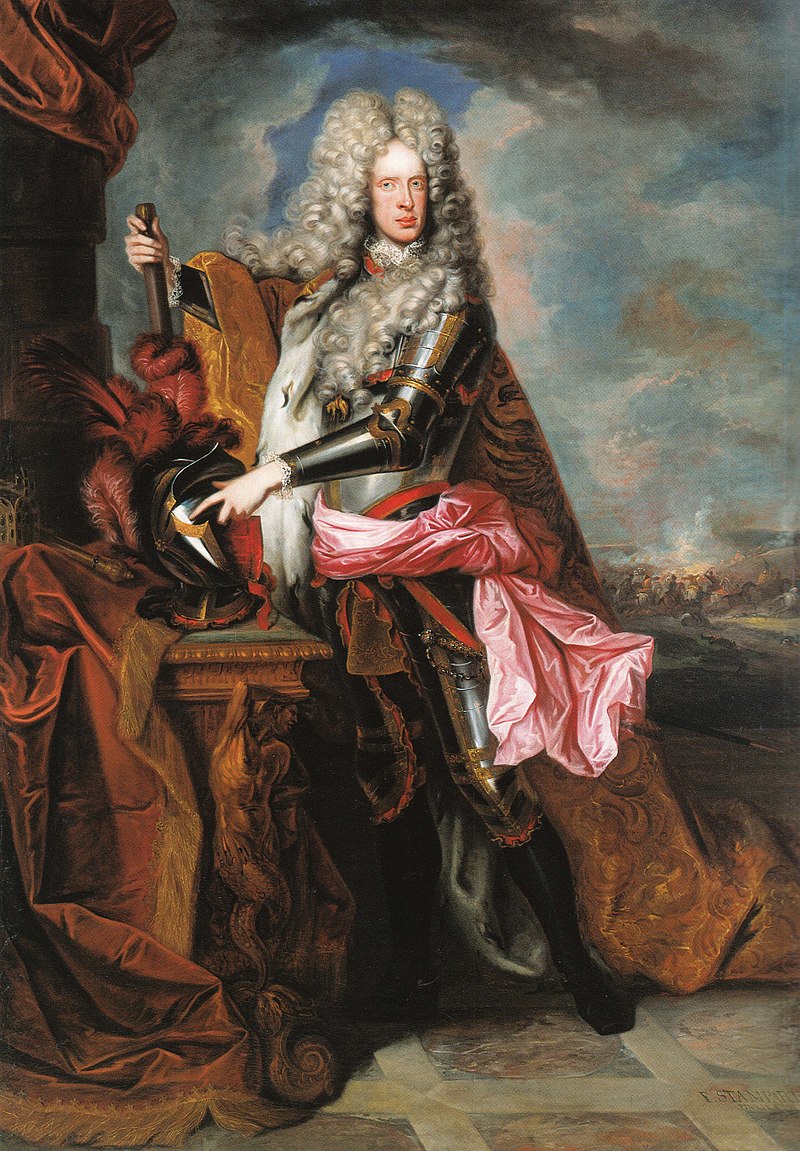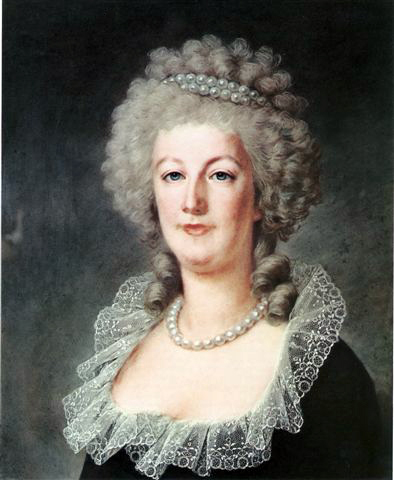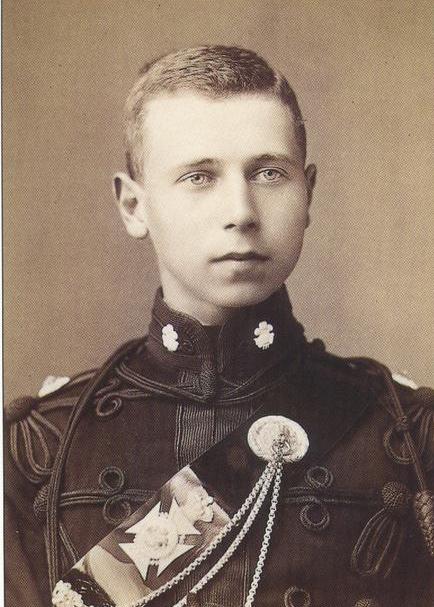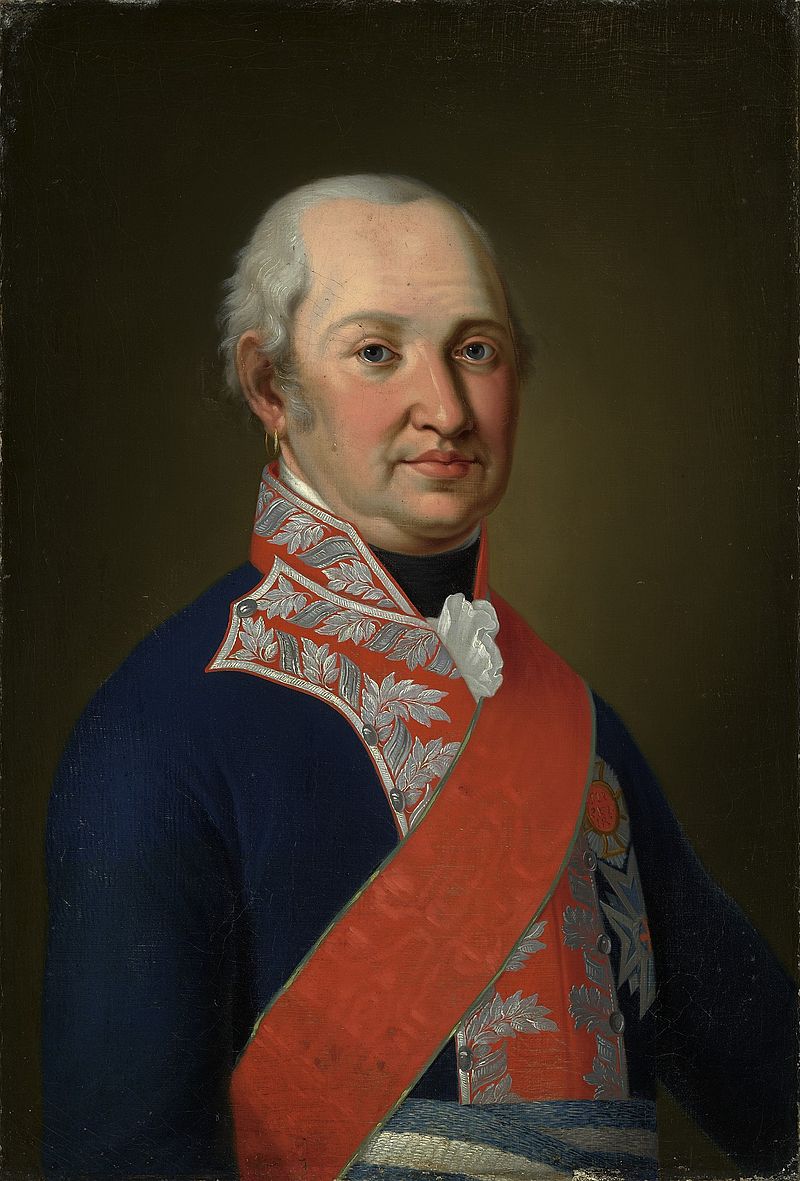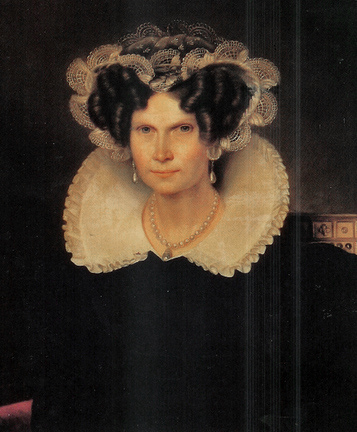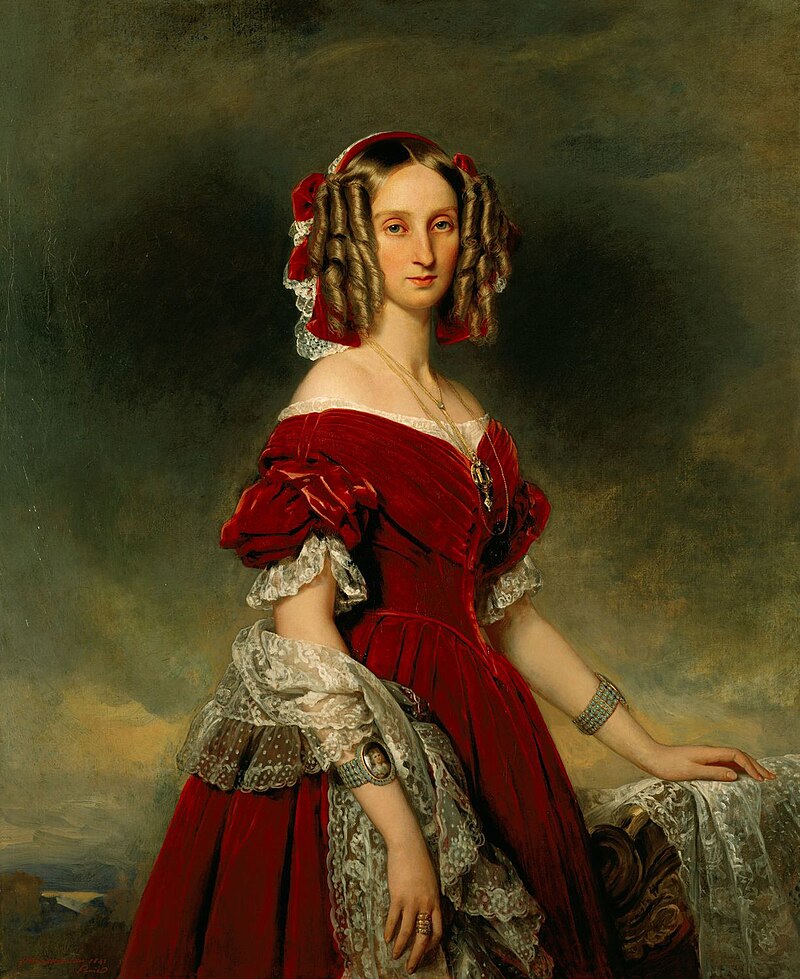© Unofficial Royalty 2023

Grand Duchess Marie Alexandrovna of Russia, Duchess of Edinburgh and Saxe-Coburg and Gotha; Credit – Wikipedia
October 17, 1368 – Death of Lionel of Antwerp, 1st Duke of Clarence, son of King Edward III of England, in Alba, Lordship of Milan, now in Italy; buried at Clare Priory in Suffolk, England
The third, but the second surviving son of King Edward III of England and Philippa of Hainault, Lionel of Antwerp, was one of the two people on whom the House of York would base its claim to the English throne during the Wars of the Roses. Lionel married the wealthy heiress Elizabeth de Burgh, 4th Countess of Ulster in her own right. Lionel and Elizabeth had one child, a daughter Philippa, who married Edmund Mortimer, 3rd Earl of March. It is through Philippa and Edmund’s eldest son Roger Mortimer that the House of York is derived. During the reign of the childless King Richard II, the only surviving child of Edward, Prince of Wales (the Black Prince) who predeceased his father King Edward III, Lionel’s daughter Philippa was the heir presumptive to the English throne and then after her death in 1382, her eldest son Roger was the heir presumptive. In 1400, King Richard II was deposed by his first cousin Henry of Bolingbroke (King Henry IV), the eldest son of John of Gaunt, Duke of Lancaster, King Edward III’s third surviving son. Thus the beginnings of the Wars of the Roses between the Lancasters and the Yorks.
Unofficial Royalty: Lionel of Antwerp, 1st Duke of Clarence
October 17, 1680 – Death of Charles FitzCharles, 1st Earl of Plymouth, illegitimate son of King Charles II of England and his mistress Catherine Pegge, in Tangier, Morocco; buried at Westminster Abbey in London, England
Wikipedia: Charles FitzCharles, 1st Earl of Plymouth (Unofficial Royalty article coming soon.)
October 17, 1734 – Birth of Count Grigory Grigoryevich Orlov, lover of Catherine II (the Great), Empress of All Russia, at the family estate in Lyutkino, Russia
Count Grigory Grigoryevich Orlov was, along with his brother Alexei, instrumental in the fall of Catherine’s husband Peter III, Emperor of All Russia. He gave Catherine the famous Orlov Diamond which was used in the scepter of the Romanov rulers and was the father of at least one of Catherine’s children, Alexei Grigorievich Bobrinsky. Catherine and Orlov had a long-time relationship from 1759 – 1774, spanning the time Catherine was a Grand Duchess and Empress.
Unofficial Royalty: Count Grigory Grigoryevich Orlov, lover of Catherine II (the Great), Empress of All Russia
October 17, 1819 – Birth of Friedrich Wilhelm, Grand Duke of Mecklenburg-Strelitz in Neustrelitz, Grand Duchy of Mecklenburg-Strelitz, now in Mecklenburg-Vorpommern, Germany
Full name: Friedrich Wilhelm Karl Georg Ernst Adolf Gustav
Friedrich Wilhelm married Princess Augusta of Cambridge. She was the daughter of Prince Adolphus, Duke of Cambridge (a son of King George III of the United Kingdom) and Friedrich Wilhelm’s maternal aunt Princess Augusta of Hesse-Kassel. Friedrich Wilhelm and Augusta were first cousins through their mothers and second cousins through their fathers. The couple had two children. Friedrich Wilhelm became Grand Duke of Mecklenburg-Strelitz upon the death of his father in 1860. He took a particular interest in restoring and building churches. He also focused much of his time on improving the education systems, as well as building and refurbishing schools throughout the Grand Duchy. Friedrich Wilhelm is credited with restoring the Grand Duchy’s financial resources, taking a country that was riddled with war debt, and amassing a great fortune in its treasury. In addition, his personal wealth made him the wealthiest of the German sovereigns at the time.
Unofficial Royalty: Friedrich Wilhelm, Grand Duke of Mecklenburg-Strelitz
October 17, 1853 – Birth of Grand Duchess Marie Alexandrovna of Russia, Duchess of Edinburgh and Saxe-Coburg and Gotha, daughter of Alexander II, Emperor of All Russia, wife of Prince Alfred, Duke of Edinburgh and Saxe-Coburg and Gotha, at Tsarskoe-Selo, near St. Petersburg, Russia
The only daughter of Alexander II, Emperor of All Russia, Marie met Prince Alfred during a family holiday in Denmark in 1871. Despite the misgivings of both her parents and Alfred’s mother Queen Victoria, the couple married in 1874, at the Winter Palace in St. Petersburg, Russia. Marie and Alfred had five children. The new Duchess of Edinburgh was not well received by British society, many of whom thought her very condescending and haughty. Used to the splendor and pageantry of the Russian court, she found the British court very dull by comparison. She also felt that, as the daughter of an Emperor, she should outrank all the other members of the British royal family, in particular, her sister-in-law, The Princess of Wales, who was merely the daughter of a king. Despite the demands of Marie and her father, Queen Victoria would not sanction anything of the sort.
Unofficial Royalty: Grand Duchess Marie Alexandrovna of Russia, Duchess of Edinburgh and Saxe-Coburg and Gotha
October 17, 1966 – Birth of Donatus, Landgrave of Hesse, the current pretender to the former Grand-Ducal throne of Hesse and by Rhine and Head of the House of Hesse, in Kiel in the German state of Schleswig-Holstein
Full name: Heinrich Donatus Philipp Umberton
Donatus, Landgrave of Hesse is the current pretender to the former grand ducal throne of Hesse and by Rhine, and Head of the House of Hesse. He succeeded to both upon his father’s death in 2013. Donatus maintains close ties with the British Royal Family and is often invited to events. In 2016, he was seated next to the Duchess of Cambridge at an event for Queen Elizabeth II’s 90th birthday celebrations, and in 2021, was one of a very small group of family members invited to attend the funeral of The Duke of Edinburgh. Donatus and his wife also attended the funeral of Queen Elizabeth II in 2022.
Unofficial Royalty: Donatus, Landgrave of Hesse
This article is the intellectual property of Unofficial Royalty and is NOT TO BE COPIED, EDITED, OR POSTED IN ANY FORM ON ANOTHER WEBSITE under any circumstances. It is permissible to use a link that directs to Unofficial Royalty.

